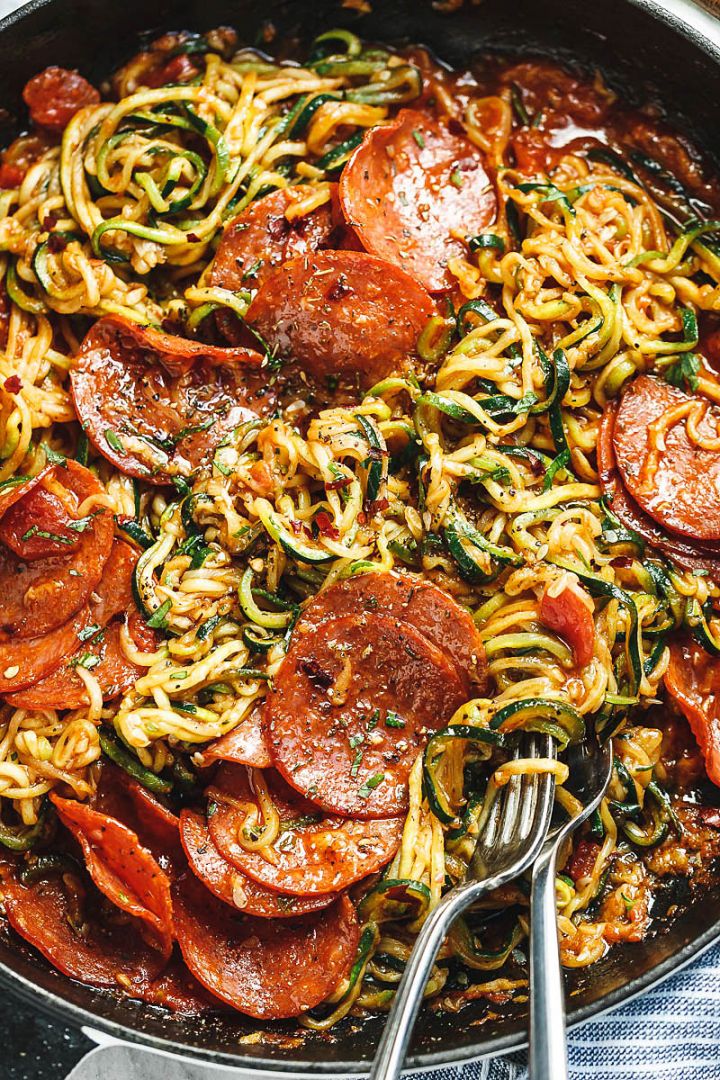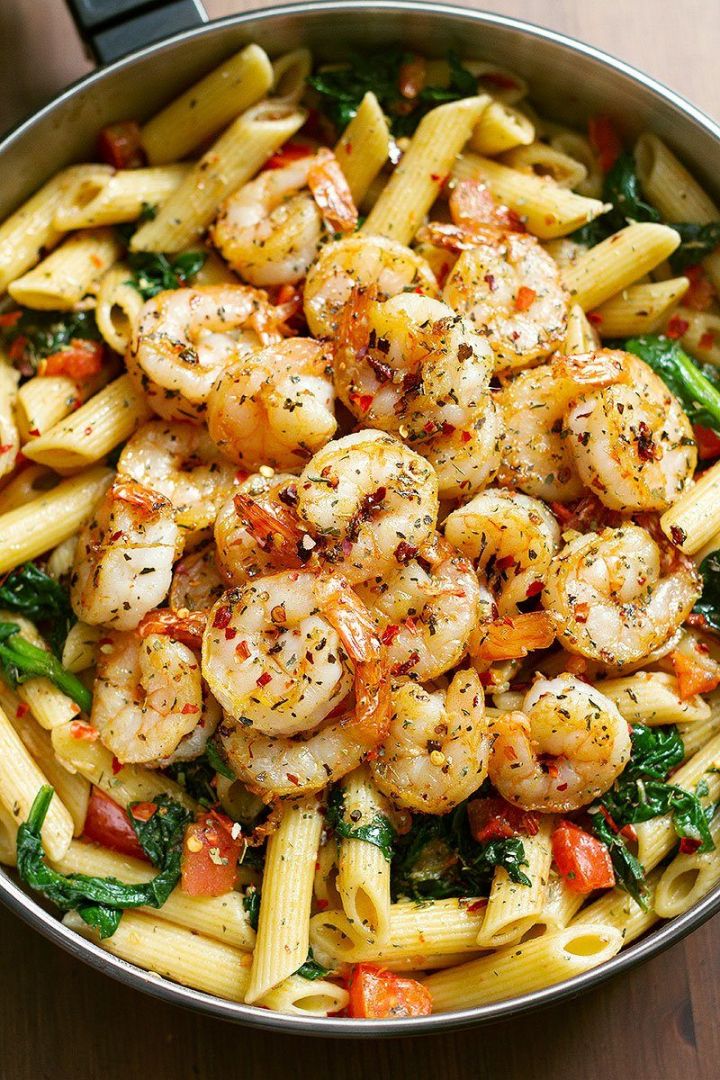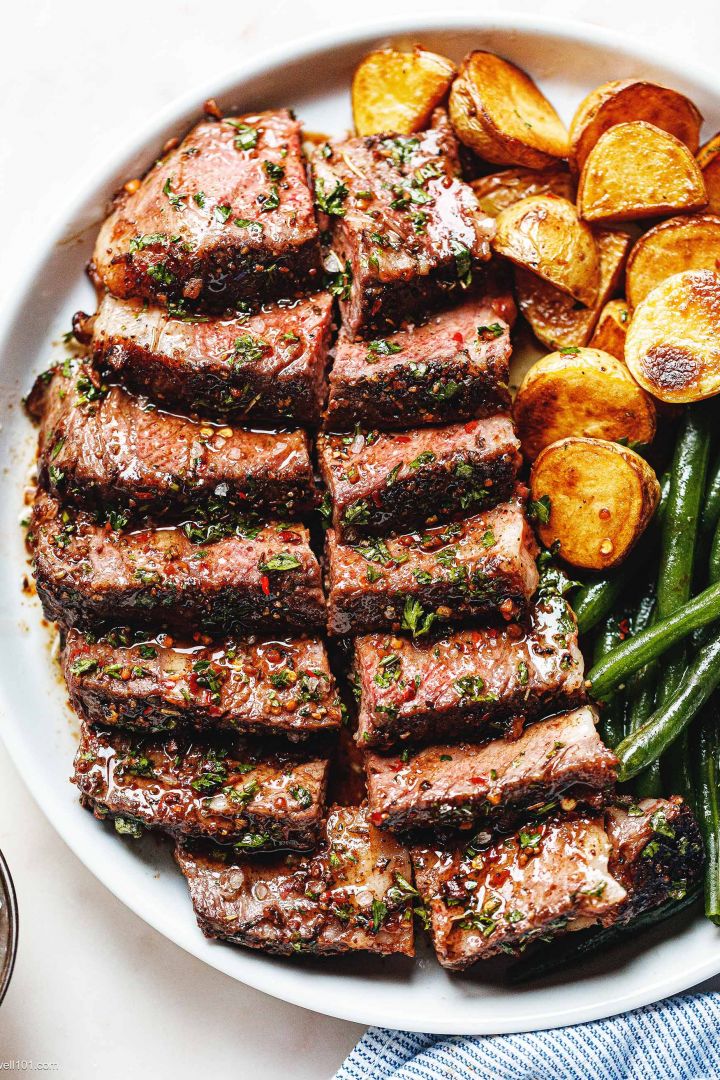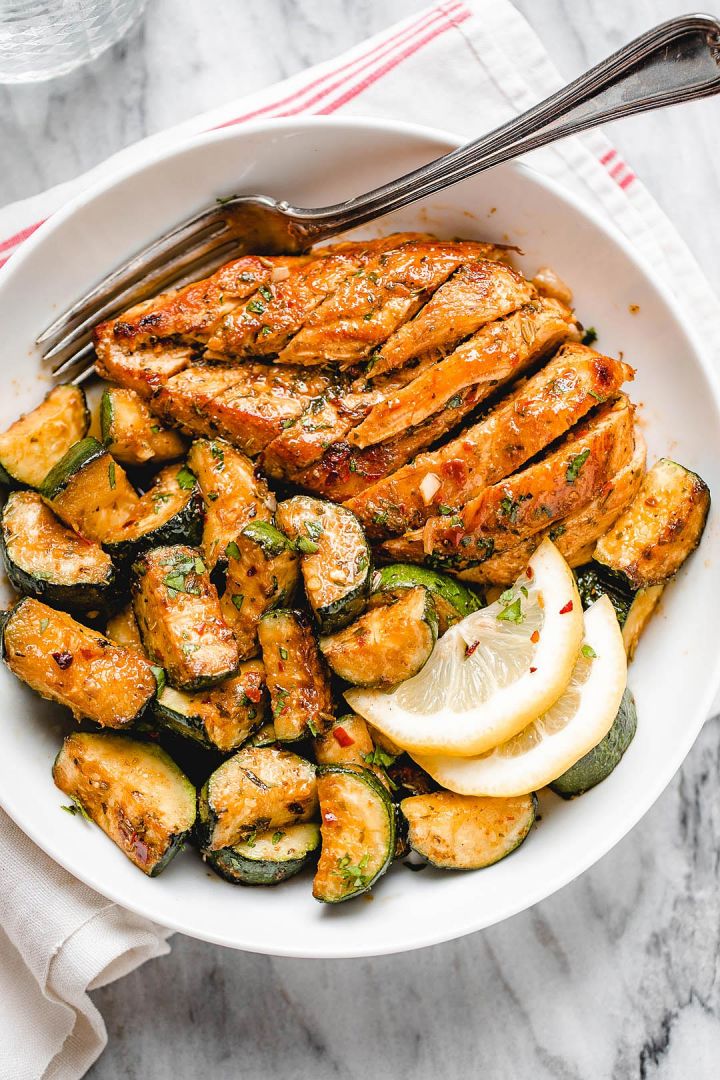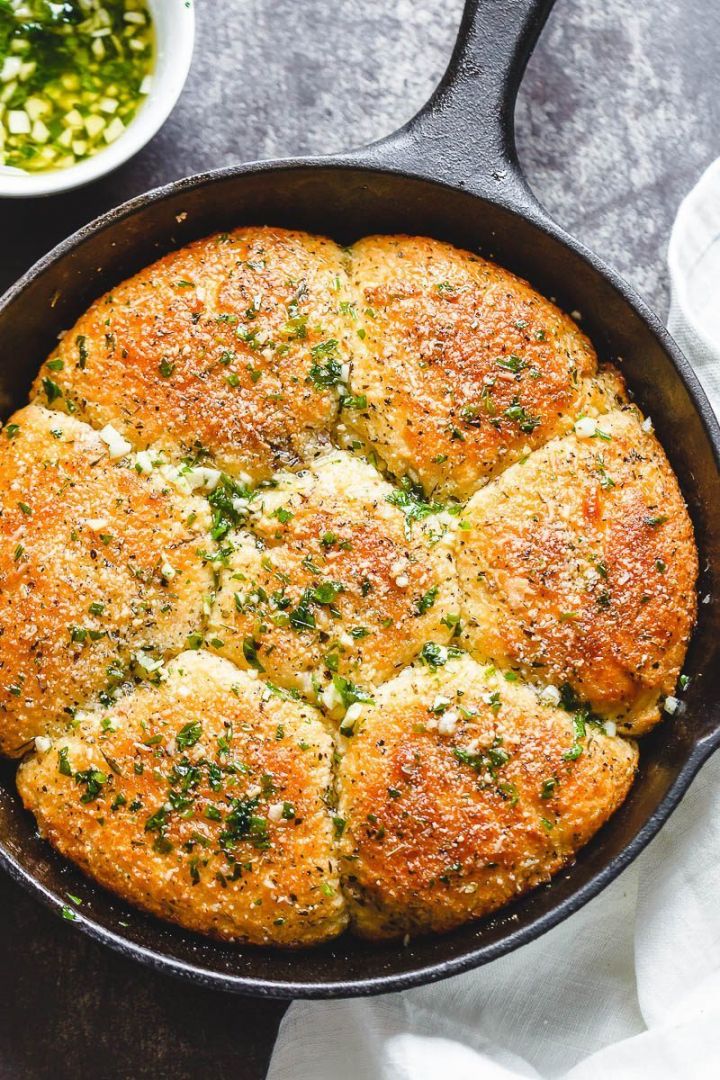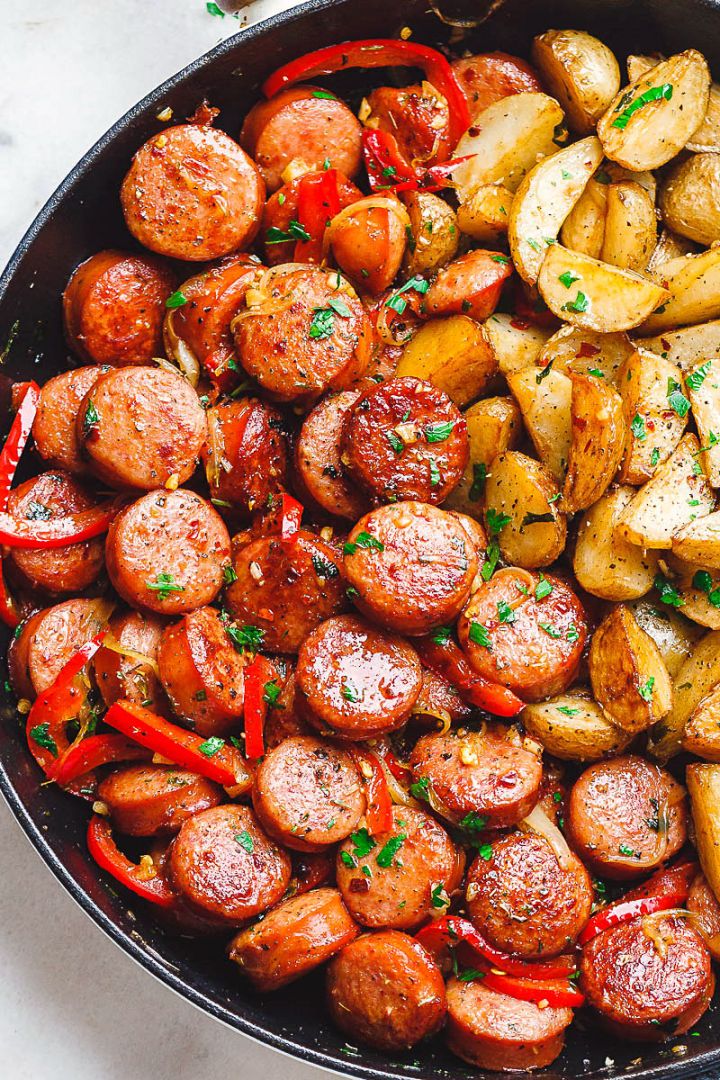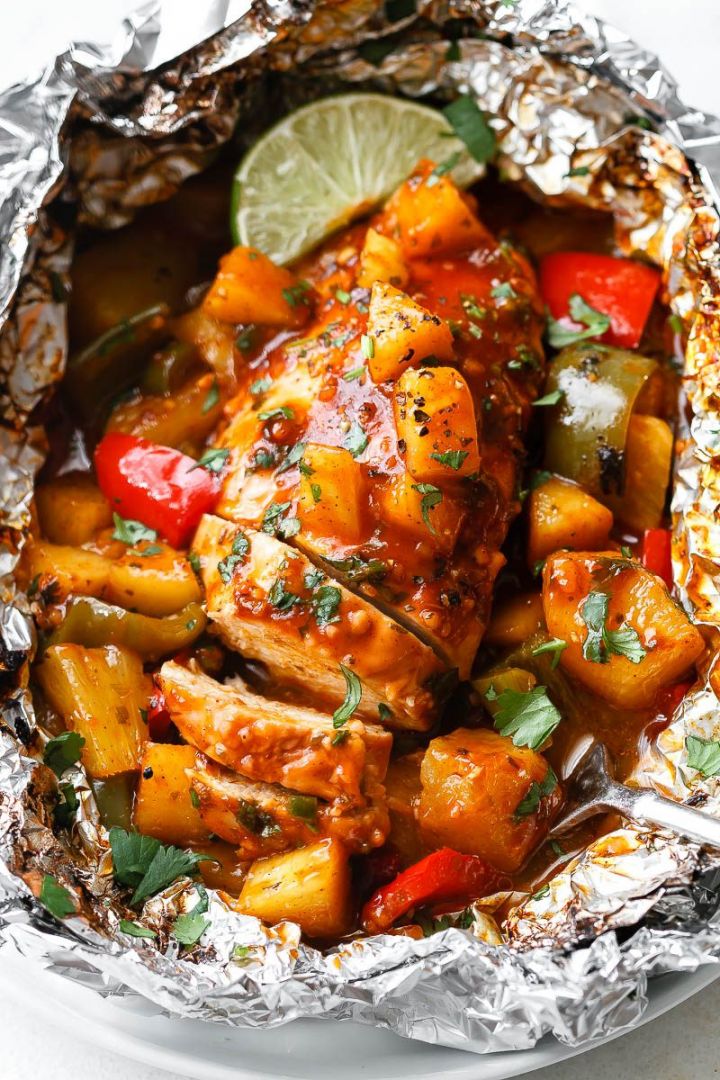Dried fruits are very useful, both for their natural intake of vitamins, fiber, and antioxidants, as well as in regards to cooking. Let’s dicover the variety of dried fruit and their uses.
There are two distinct branches in the family of dried fruit: fresh fruit and dried nuts. They’re great additions to the kitchen for crisp touches or the little extras that make a difference in meal preparation.
We sometimes use them without thinking because it’s so obvious: no tabbouleh without raisins, and no chicory or carrot salad without nuts. Sprinkle it all with a dash of walnut or hazelnut oil and it becomes super yum.
Savory dishes and dry fruits
In the Far East, or even here, the use of dried fruit in savory dishes is common. Moroccan cuisine enjoys mixing the tagine meat with dried apricots, raisins, and blanched almonds or cashews. In our traditional dishes, we also find this combination with a delicious roast pork and prunes. Asian cuisine is heavily loaded with nuts in dishes or sauces, like chicken with cashew nuts, or meat skewers topped with peanut sauce.
Dried fruit or stuffed crust
For stuffing sweet and sour chicken, at once crunchy and soft, you can mix almonds, figs, dates, and raisins into the bread. This preparation is great with chicken or guinea fowl.
Dried fruits also make divine crusts cooking: crusted meat with chopped nuts and mixed with a little Parmesan; or pork tenderloin with hazelnut crust. It’s original and you can impress your guests every time.
For dessert there are multiple possibilities: walnut muffins, crunchy nuts, pistachios, raisin cookies, brownies with macadamia nuts, beggars, cakes, pies, etc. Fine nuts have not finished invading all our dishes.



